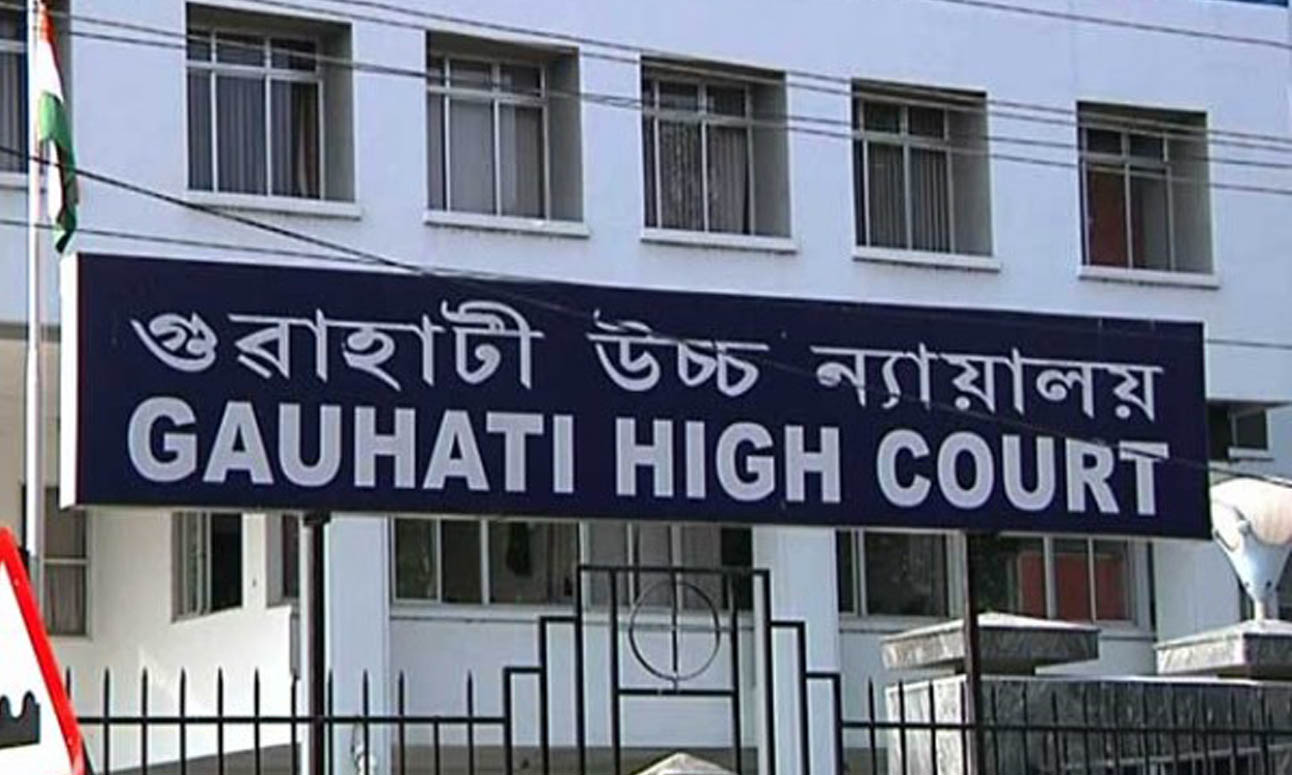
The Gauhati High Court on Friday, December 20, made a decision to look into the legality of the summons issued by the Enforcement Directorate (ED) to the newspaper Asomiya Pratidin that allegedly prevent the petitioner, Jayant Baruah from presenting the true facts of the agitation against the Citizenship Amendment Act (CAA) in Assam.
The petitioner is the proprietor of the daily newspaper ‘Asomiya Pratidin’ and also of the news channel ‘Pratidin Time’, both of which have the highest readership and viewership in the state of Assam.
Live Law reported that the petitioner had been summoned by the ED under Sections 50(2), 50(3) of the Prevention of Money Laundering Act, 2002, allegedly in connection with cases registered in the years 2014 and 2015.
Jayant Baruah had expressed his apprehension that in the garb of these cases, the ED was trying to prevent him from broadcasting true and correct facts of agitation against the CAA in Assam. He had earlier resisted two summons issued to him by the CBI stating that they did not indicate what information was sought from him and in what context, but claimed that the CBI’s sister organization, the ED cornered him and served him the summons.
In his petition he had stated, “It has been pleaded that a vast majority of population of the State have been agitating throughout the State of Assam against the Citizenship Amendment Bill (for short ‘CAB’). The newspaper and the news channel run by the petitioner being impartial have been publishing the correct picture of such agitations against the Government. It has been pleaded that the Government of Assam, besides taking coercive measures against the agitating population, including by way of using force by virtue of which three persons have already lost their lives, is trying to put pressure on the press and media not to publish the correct factual picture.”
The petitioner accused the actions of the respondents were curbing his freedom of press. Not only was he being pressurized into not broadcasting information by the ED, he alleged that the Information and Broadcasting Ministry was also trying to create hurdles in the broadcasting on the news channel. He said that the settings with the satellite connections had been altered and the live broadcast of the news channel was being interfered with.
“By mentioning the requirement of production of certain documents, the respondent no. 6 has issued the summons, but the reason behind the same is to secure the personal appearance of the petitioner somehow, after having failed to secure the same in two earlier attempts made by a sister investigating agency,” he wrote in his petition.
He also lay emphasis on the fact that the court could not ignore the timings of the summons issued by the CBI and ED, especially because they were issued in close proximity to each other, pointing out that the last summon with regards to the matter brought up by the ED was issued in 2015.
Justice Manish Chaudhary who was hearing the case in his judgment said, “Noticeably, the two offices wherefrom the notices dated 12.12.2019, 14.12.2019 and the summons dated 16.12.2019 have been issued, are located in the same complex. Having taken note of the preceding events prior to the passing of the order dated 16.12.2019 and the subsequent events after passing of the order dated 16.12.2019, I am of the prima facie view that the matter of issuance of the notices and the summons, under reference, requires a further examination in view of the close proximity in time of their issuance and as regards the process which have gone into by the respondent Directorate before deciding to issue the summons on 16.12.2019 and to serve the same on the petitioner at 06-00 p.m. on 16.12.2019 and the petitioner is entitled to interim protection as like the order dated 16.12.2019.”
The judge concluded his statement saying that the ED shall not insist on the personal appearance of the petitioner, any documents that need to be furnished can be submitted by an authorised representative and no coercive action can be taken against the petitioner till the next hearing on January 3, 2020.
Related: